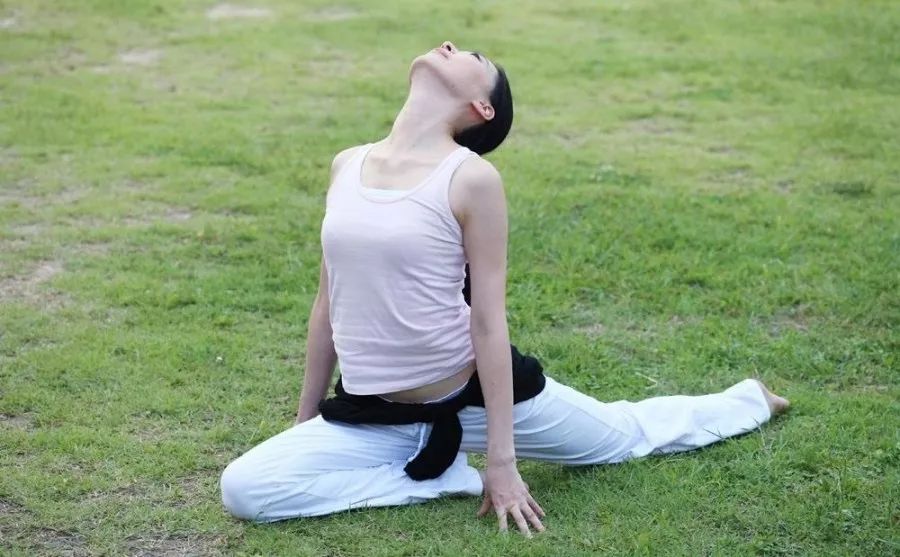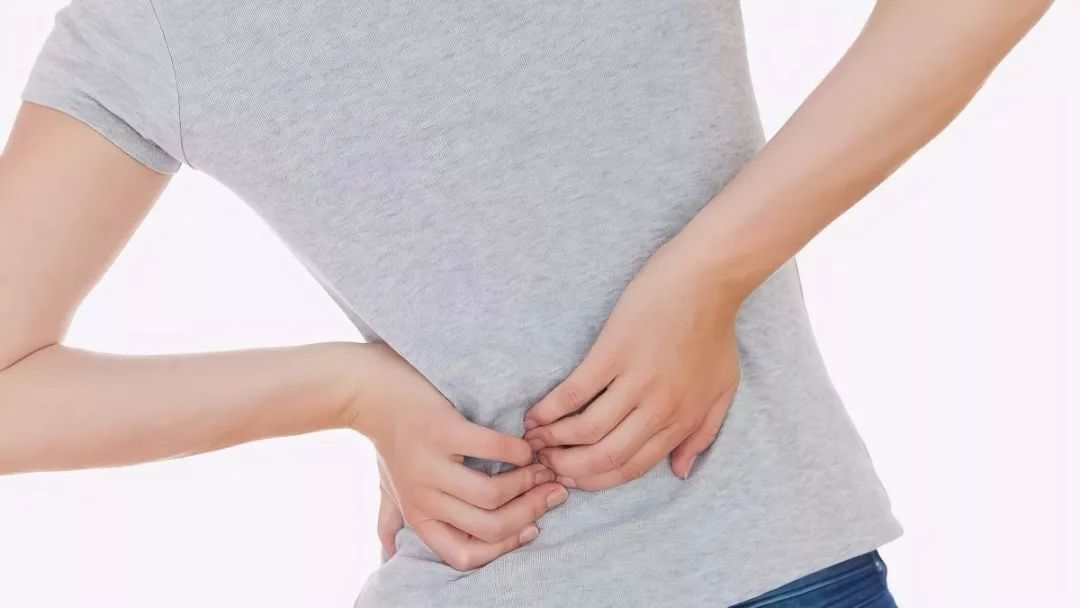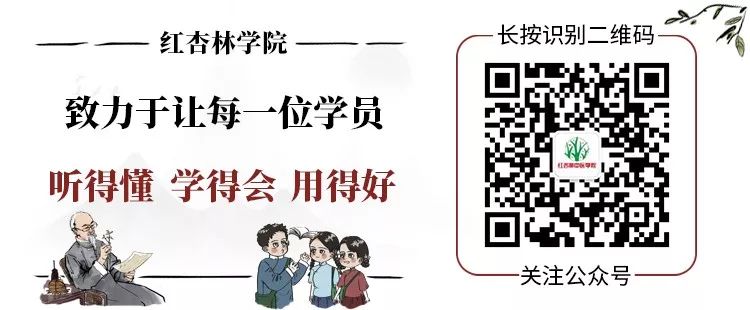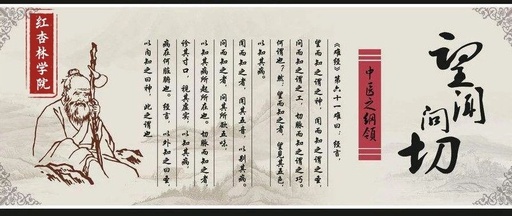Observation diagnosis (望诊) is the most intuitive and straightforward method among the four diagnostic methods in Traditional Chinese Medicine (TCM). The “Nanjing – Difficulty 61” describes observation diagnosis: “To know by observation is called spirit (神),” highlighting the importance of observation in diagnosing diseases.
Observation diagnosis is divided into general observation, local observation, observation of excretions, observation of children’s fingerprints, and tongue diagnosis. This article mainly discusses the content of general observation.
 Observation of Color (望色)
Observation of Color (望色)
Observation of color is a method of diagnosing conditions by observing changes in the patient’s skin color and luster. Since the heart governs blood vessels, its manifestation is on the face, and the three Yang meridians of the hands and feet ascend to the head and face, where the blood vessels are abundant and the facial skin is thin and delicate, it is easy to observe. Therefore, observation of color is generally conducted by examining the facial complexion. The color of the face pertains to blood and Yin, reflecting the abundance and circulation of blood, which can indicate different disease natures and conditions of different organs; luster pertains to Qi and Yang, representing the external manifestation of the essence and Qi of the organs, thus reflecting the abundance or deficiency of organ essence and the severity and prognosis of the condition.

Through observation of color, we can understand the following information:
1. Assess the abundance or deficiency of Qi and blood. For example, if a person’s complexion is abnormally pale and lacks color, it indicates blood deficiency; if the complexion is bluish-purple, it may indicate internal cold evil or blood stasis; if the complexion is rosy and lustrous, it indicates sufficient Yang Qi.
2. Understand the nature of the pathogenic factor. For instance, if the complexion and eyes appear yellow, it suggests the presence of damp-heat; if the complexion is bright red, it may indicate heat disturbing the upward flow of Qi and blood.
3. Determine the location of the disease. This can be assessed through the five colors (green, red, yellow, white, black) to determine issues with the five organs (liver, heart, spleen, lungs, kidneys); it can also be done by dividing the facial regions to assess organ diseases:
-
Using the Ming Tang Fan Bi diagram:
-
According to the method in “Su Wen – Chapter on Needling Heat”: the left cheek corresponds to the liver, the right cheek corresponds to the lungs, the forehead corresponds to the heart, the nose corresponds to the lungs, and the chin corresponds to the kidneys.
4. Predict the severity and prognosis of the disease. In the “Han Fei Zi – Chapter on Teaching the Old”, Bian Que was able to determine the depth of Duke Cai’s illness through observation diagnosis.
Before observing color, one must first clarify the characteristics of a normal complexion, so as to “understand changes through the normal.” The complexion is divided into normal color and pathological color.
Normal Color: The normal complexion of a healthy person, characterized by a subtle red-yellow hue, bright and moist, with normal color further divided into main color and guest color. The main color is due to inherent individual differences, leaning towards a certain color, which is innate and generally remains unchanged over time.

Guest Color: Changes in complexion due to various non-disease factors, such as some individuals appearing red after drinking alcohol.
Pathological Color: Abnormal changes in complexion due to illness, characterized by dullness and exposure.
Pathological colors can be divided into good colors and bad colors. Good colors are bright and moist, indicating that although there is illness, the essence and Qi of the organs have not declined, belonging to new or mild diseases, Yang conditions, and are easier to treat. Bad colors are dull and lifeless, indicating that the essence and Qi of the organs have declined, belonging to chronic or severe diseases, Yin conditions, and are difficult to treat.
Pathological colors can be classified into five colors: green, red, yellow, white, and black, thus examining the changes in facial color is also known as “facial five-color diagnosis,” with each color indicating different organ issues and disease natures.
1. Green Color Indicates Disease. Green color indicates cold conditions, pain, Qi stagnation, blood stasis, and pediatric convulsions. A patient with a green complexion often has cold congealing Qi stagnation, or pain that obstructs flow, or blood stasis causing obstruction in the facial vessels. If the face is green with bluish lips and nails, it indicates heart Yang deficiency or blood stasis; if a child has a green face, especially around the eyebrows, nose, and lips, it indicates convulsions.
2. Red Color Indicates Disease. Red color indicates heat conditions and can also be seen in Yang conditions. A patient with a red complexion often has heat causing dilation of facial vessels and fullness of Qi and blood, but it can also be seen in patients with deficient Yang. If the face is completely red, it indicates excess heat; if the cheeks are red, it indicates deficient heat; if the cheeks are red like makeup, it indicates Yang conditions.
3. Yellow Color Indicates Disease. Yellow color indicates spleen deficiency and damp conditions. A patient with a yellow complexion often has spleen deficiency leading to insufficient nourishment or damp evil retained internally, causing spleen dysfunction. If the complexion is withered yellow, it indicates spleen deficiency and insufficient Qi and blood; if the complexion is yellow and plump, it indicates spleen deficiency with excess damp; if the complexion is yellow, eyes yellow, and urine yellow, it indicates jaundice, with bright yellow like orange indicating Yang jaundice with damp-heat retained internally; while dark yellow like smoke indicates Yin jaundice with internal cold-damp.
4. White Color Indicates Disease. White color indicates deficiency conditions, cold conditions, blood loss, and Qi depletion. A patient with a white complexion often has Qi deficiency and blood loss, or Yang deficiency, where Qi and blood cannot adequately nourish the face. If the complexion is pale and lacks luster with pale lips and tongue, it indicates blood deficiency; if the complexion is ashen, it indicates Yang Qi depletion or internal cold.
5. Black Color Indicates Disease. Black color indicates kidney deficiency, cold conditions, water retention, and blood stasis. A black complexion often results from kidney Yang deficiency, internal cold retention, and obstructed blood flow. If the complexion is black and dull, it indicates kidney Yang deficiency; if black and dry, it indicates kidney Yin deficiency; if the complexion is dark black with skin and nails discolored, it indicates long-term blood stasis; if the area around the eyes is black, it indicates kidney deficiency with water retention and cold-damp.
 Observation of Body Shape (望形体)
Observation of Body Shape (望形体)
Observation of body shape refers to assessing the strength, fatness or thinness, body constitution, and abnormal manifestations of the patient to diagnose conditions. The human body is centered around the five organs, composed of five basic tissues: skin, muscles, blood vessels, tendons, and bones. The five organs are closely related to the five body shapes, where the relationship is specifically manifested as: the five body shapes rely on the nourishment of the essence and Qi of the five organs, and the abundance or deficiency of the essence and Qi of the organs can be reflected externally through the body shapes. The strength of the body shape corresponds to the internal organ conditions; if the internal organs are abundant, the body appears strong, and if the internal organs are deficient, the body appears weak. The five organs correspond as follows: lungs correspond to skin, spleen to muscles, heart to blood vessels, liver to tendons, and kidneys to bones.
1. Observation of Body Strength
-
Strong bones and muscles indicate solid organs, abundant Qi and blood, making one less prone to illness and with a good prognosis.
-
Weak bones and muscles indicate deficient organs, insufficient Qi and blood, making one more prone to illness and with a poorer prognosis.
It is important to note that in daily life, some individuals may not have been ill for a long time, but when they do become ill, it is a serious condition. This is due to compensatory factors; a healthy person may have some organ dysfunction compensated by other normal organs, thus masking the problem temporarily. When the actual disease manifests, it indicates that the compensation is insufficient to restore the dysfunctional organ, leading to serious illness. Conversely, a person with a weak constitution may show signs of illness with slight deficiency of righteous Qi, thus being able to pay attention to their health in a timely manner. Therefore, regardless of body strength, daily health maintenance is essential.

2. Observation of Body Fatness or Thinness
In a normal person, the body shape is moderate, and the tissues are proportionate; being excessively overweight or underweight may indicate a pathological state. Comparing shape and Qi, the strength of Qi is more significant.
-
In overweight individuals, if they have a good appetite, it indicates excess shape and Qi; if they have a poor appetite, it indicates excess shape with deficient Qi and spleen deficiency with phlegm-damp.
-
In thin individuals, if they have strength, it indicates health; if they are weak, it indicates insufficient nourishment; if they are thin but have a good appetite, it indicates stomach heat, thirst, or goiter; if the skin is dry or wet, it indicates insufficient Yin blood; if the flesh is sunken (e.g., the abdomen is completely sunken, and one can touch the spine and kidneys), it indicates exhaustion of organ essence and Qi, indicating late-stage disease.
3. Body Constitution and Shape
Body constitution can be divided into Yin constitution, Yang constitution, and balanced Yin-Yang constitution.
-
Yin constitution characteristics: body shape tends to be short and stout, round head and thick neck, broad shoulders and thick chest, often leaning backward, prefers warmth and dislikes cold, with frequent loose stools.
-
Yang constitution characteristics: body shape tends to be tall and thin, long head and slender neck, narrow shoulders and flat chest, often leaning forward, prefers coolness and dislikes heat, with frequent dry stools.
-
Balanced Yin-Yang constitution characteristics: body shape is between the two. Yin and Yang are balanced, and Qi and blood are harmonized.
 Observation of Posture (望姿态)
Observation of Posture (望姿态)
Observation of posture involves assessing the patient’s movements and abnormal limb actions to diagnose conditions.
1. Movement and Stillness
-
Restlessness indicates hyperfunction of the body, representing Yang heat excess;
-
Preference for stillness and laziness indicates body function decline, representing Yin cold deficiency.
Supine Position:
-
Restlessness, lying supine with extended legs, tossing off covers, indicates Yang heat excess;
-
Preference for stillness, curled up with legs drawn, preferring more covers, indicates Yin cold deficiency.
Sitting Position:
-
Sitting and preferring to look up, with chest tightness and coarse breathing, indicates lung excess Qi counterflow;
-
Sitting and preferring to lean forward, with little breath and reluctance to speak, indicates lung deficiency Qi counterflow.
2. Abnormal Limb Actions
-
Protecting the head (furrowing brows and holding the heart, reluctant to look up)
-
Protecting the heart (crossing hands over the heart, reluctant to move)
-
Protecting the abdomen (hands over the stomach, bending forward)
-
Protecting the waist (hands on hips, bending sideways)
Note: The protected area is likely to be painful.

-
Convulsions of limbs, stiffness of neck and back, and arching of the back indicate excess wind (Yang heat transforming into wind);
-
Limbs twitching and trembling indicate deficient wind (Yin blood deficiency);
-
Joint stiffness, swelling, and difficulty in movement indicate Bi syndrome (which can gradually develop into bone and joint deformities, affecting movement and leading to loss of limb function);
-
Weakness of limbs, inability to move, indicates Wei syndrome.
In summary, observation of color, body shape, and posture can reflect the functional abundance or deficiency of the body, as well as the essence and Qi of the organs. By learning and familiarizing oneself with general observation diagnosis, one can gain a rough understanding of some basic and obvious diseases. Additionally, general observation emphasizes the importance of the first overall impression of the patient during the diagnostic process, which can effectively aid in diagnosis and treatment.

Today’s Recommendation


· END ·


